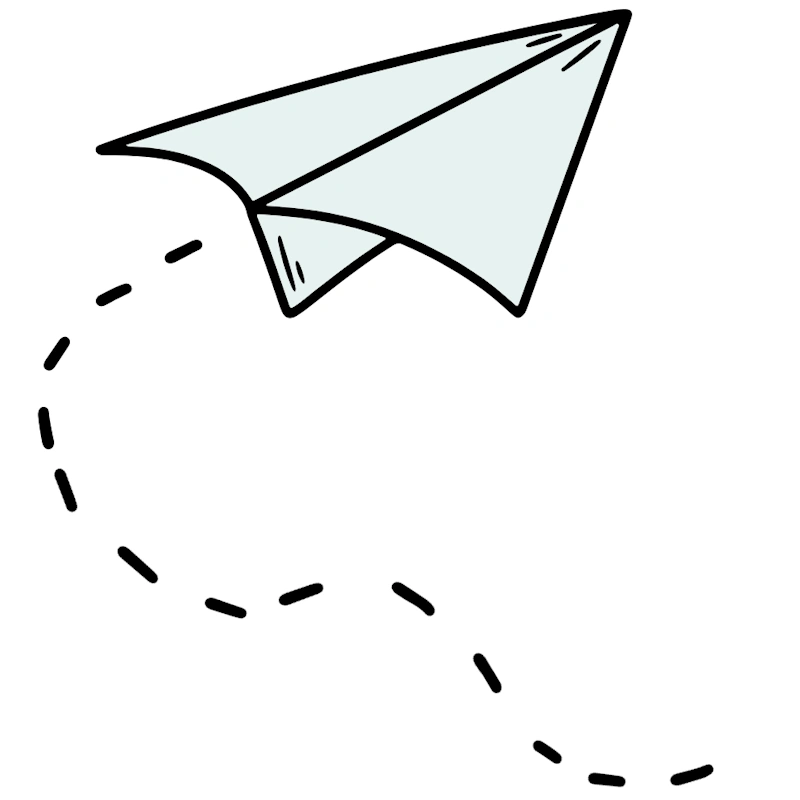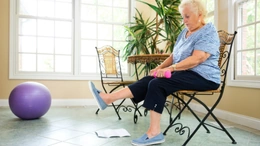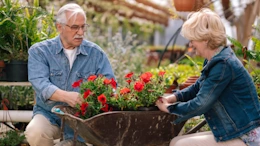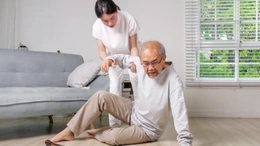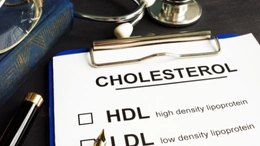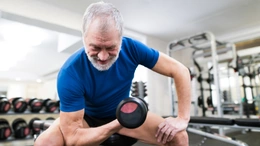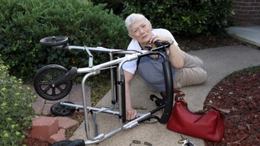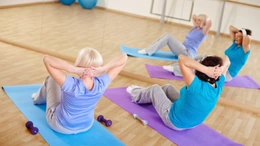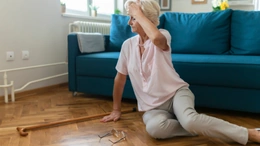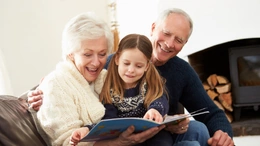The Senior List For Moving: Essential Items Every Senior Should Pack

Migration is a stressful experience at any age, and in old age, it acquires more specific problems. Regardless of whether it is downsizing, moving into a retirement village, or moving in with family, the process must be carefully planned.
Bringing the right stuff is critical to a seamless move and a sustained sense of comfort in a new living space. Leaving some important items, such as drugs or medical documentation, can add to the stress and problems in the next visit.
The scope of this guide is a practical, elderly-oriented list of items to pack, ensuring nothing important is left behind. Among the documents and daily essentials, the senior list will aid the older adults to be organized, safe, and comfortable during and after the moving process.
Why A Moving Checklist Matters For Seniors
A walking checklist is not an option; it is something that a senior needs. As people get older, the changes may be perceived as even more challenging, emotionally and physically.
A clear, organized plan will keep stress to a minimum, and nothing of importance will be left in the fray of a move.
To most seniors, relocating entails downsizing, which is emotional. The process of sorting by years of possessions can provoke recollections, which complicates the process of decision-making. A checklist makes the process on course and easy to control.
It helps the senior and the caregiver to focus on the priorities, and therefore, the non-essentials can be easily discarded without being overwhelmed. It is also prudent to note why a moving checklist is essential.
Aged persons normally depend on personal medication, healthcare equipment, or assistive aids. Losing or having difficulties in accessing such items during a move would be disastrous to the health.
An itemized list will see these essentials getting packed, transported safely, and ready at hand once they arrive.
Caregivers and family members also help during the move, assisted by checklists. It makes everyone on the same wavelength and minimizes confusion and delegates accountability.
Must-Have Items In A Senior Moving List
Here is a list of must-have moving items:
1. Personal Identification And Medical Documents
The lesson is always to start with some necessary paperwork. It is important that the seniors carry with them a driver's license, a passport, a Social Security card, and health insurance details.
In case of availability, have Medicare, Medicaid, and supplementary insurance cards. Also, assemble duplicates of important medical papers like recent test results, vaccination data, and information about major doctors, specialists, and pharmacies.
There should be accessibility of legal documents like a power of attorney, a living will, and advance directives that should be kept in safe custody. Put all the important papers in a labeled file or an easily mobile file box.
Having them accessible during the move will keep them close so that in case of a medical emergency or administrative need, they can be accessed easily.
2. Daily Medications And Health Supplies
Failure to take even one dose of medication may be dangerous. Include all the prescription drugs used in the daily routine in labeled bottle containers. Considering you use a pill organizer, fill it with the week ahead and move.
This also encompasses medications available off-the-shelf, supplements, and vitamins. Often overlooked health items include blood pressure monitors, glucose meters, hearing aid batteries, inhalers, or CPAP machines. In the event that incontinence products are required, pack enough.
Ensure that the medical equipment required is cleaned, charged up, and functioning. Store health supplies in a specific bag that the senior carries around instead of a moving truck so that they do not run out.
3. Comfort And Mobility Aids
Ambulatory assistive devices, like canes, walkers, wheelchairs, or orthopedic supports, should be packed by seniors. These devices are crucial for secure transportation and reducing the risk of falls in unusual environments.
Possessions of comfort matter too. This comprises beloved pillows, or blanket, or a warm robe. Such minor details may assuage nervousness and bring the feeling of home.
If a person is using a recliner, special chair, or mattress topper for comfort or pain relief, have them transferred to the new location first or copied wherever possible. It is easy to label all aids so that they are not lost on the move or forgotten.
4. Essential Clothing And Personal Items
Bring sufficient clothes (temperature appropriate) that you feel comfortable in, that will sustain you for at least a week. Add undergarments, socks, slippers, and sleepwear. Do not forget the outerwear in case this is necessary (a coat, a hat).
Elderly people may also require specific clothing that is easy to dress in. Toothbrushes, toothpaste, combs, soap, lotion, and hygiene wipes used for personal care should be packed into a separate toiletry bag.
The cases and cleaners of dentures, glasses, and hearing aids should be packed in case they are used. Consider bringing comfort pieces to your new residence, such as old or favorite items that make the new environment feel more like home, like a picture/book/mug.
5. Important Electronics And Chargers
In modern society, a good number of the elderly depend on technology in their communication, entertainment, and health management. Pack a phone, tablet, or laptop, and do not forget to bring all the chargers and power lines.
The accessibility of senior equipment, such as medical alerts, smart bracelets, or alarms, should stay with them throughout the move. Mark the cordage and package electronics in padded bags to prevent damage.
It may be worth bringing a power strip so that setting up would be more convenient at the new site. Such devices and the senior list will help elderly people keep in touch with their families and feel a routine, which is significant in the case of major life transitions.
Conclusion
Seniors do not have to find the process of relocating stressful, provided that it is done when the appropriate items are carefully prepared. A detailed checklist guarantees that one does not lose necessary papers, health care items, and comfort essentials.
Given the right planning, the elderly will be able to move into their new home in a confident, safe, and comfortable manner, where they can have all that they require literally at their fingertips.

